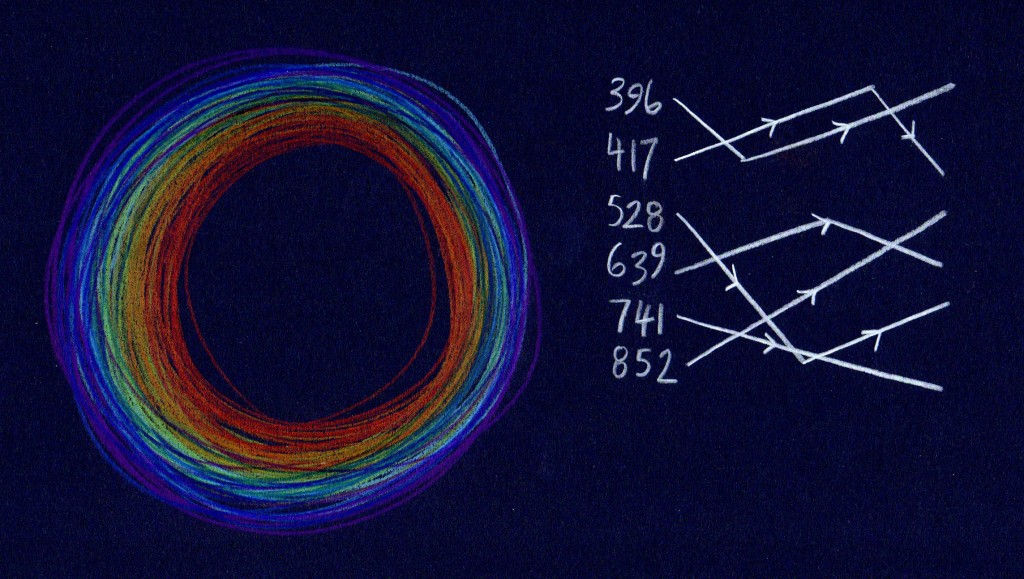Mullen-White, Eyleif
(b Limerick, 8 March 1937; d Liverpool, 17 May 1988).
Composer and mathematician.
Mullen-White studied mathematics and music at Trinity College Dublin and lectured in mathematics at Liverpool University. Her work is focused exclusively on microtonal shifts in sound, alternative tuning systems and the compositional deployment of various psychoacoustic and esoteric phenomena.
Many of Mullen-White’s early works employ just intonation and microtones. Quarta (1962) for string quartet and piano involves seven asymmetric divisions of the octave, and requires all the performers to re-tune their instruments, including an extensive re-tuning of the piano. Pent (1964) for four brass trombonists divides the octave into 10 pitches. The extreme technical challenges of pieces such as these has meant that many of these compositions have never been performed.
As Mullen-White’s work progressed in the 1960s and she gained access to a Moog synthesizer and tape recorder, she came to focus on instruments playing a limited range of pitches within different frequency bands set up on tape. Compositions such as Solfege Sextet (1970) place a string sextet playing sustained notes within the “frame” of the so-called “Solfeggio Frequencies” – a tape part playing six different frequencies ranging from 396 to 852 Hz.
Solfege Sextet (1970) by Eyleif-Mullen White. Performed by Apartment House.
After reading Gerald Oster’s paper “Auditory Beats in the Brain” published in Scientific American in 1973, Mullen-White began to radically reduce the size of the intervals she worked with in her compositions. Much of her work from the mid-1970s onwards is concerned with binaural beats, created both with sine tones and instruments. In her tape piece 294-303 Theta (1974) Mullen-White uses a violin to navigate the microtonal space between 294 and 303 Hz, the interval of the quarter-tone between D and D ¼ tone sharp. The maximum difference in tuning between any two pitches heard in the pieces is 7Hz, thus supposedly inducing a frequency following response in the brain within the Theta range, the brainwave range associated with deep meditation and non-rapid eye movement sleep. Mullen-White was also interested in Oster’s theories which linked the heightened perception of binaural beats in women to phases of the menstrual cycle and designed “sound environments” for the Greenham Common Women’s Peace Camp as well as other feminist protest sites.
294-303 Theta (1974) by Eyleif-Mullen White. NOTE: This piece is intended to be listened to on headphones.
SELECT BIBLIOGRAPHY
Andrews, Helen. 2016. ‘Mullen-White, Eyleif,’ in Dictionary of Irish Biography. Vol. 4, Cambridge University Press.
Gilmore, Bob. “Xenharmonics in Hibernia” in Leonardo, Vol. 16, Issue 3 (April 2011).
Rodgers, Tara. 2010. Pink Noises; Women on Electronic Music and Sound. Duke University Press.

